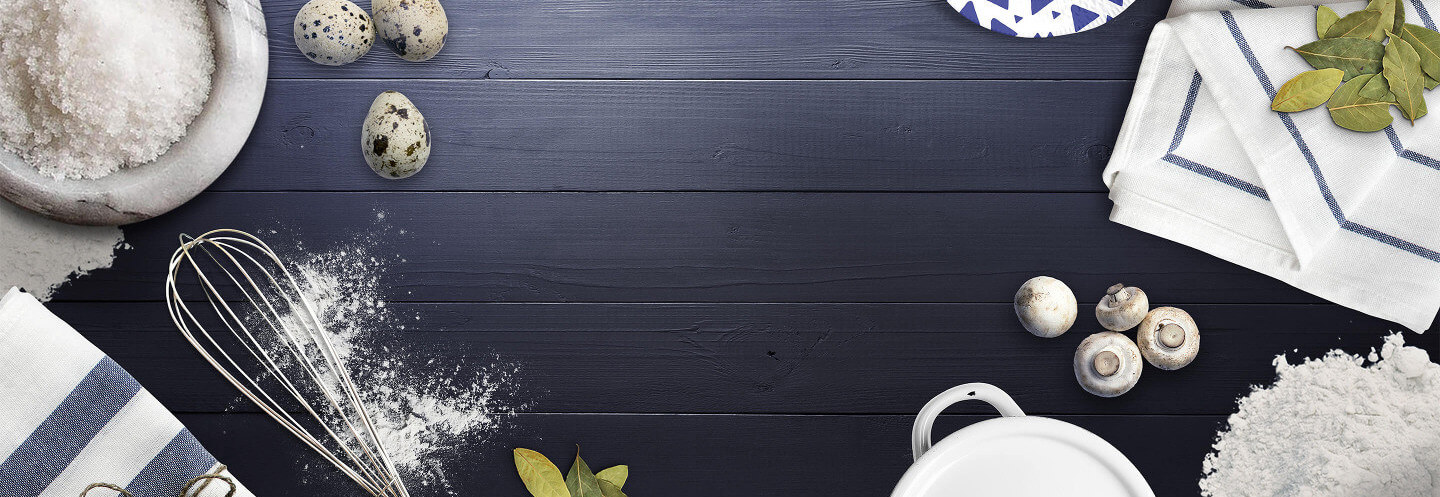https://www.copymethat.com/r/lENGxMDk5/6-hour-tonkotsu-ramen/
14699487
wRG7BQp
lENGxMDk5
2024-04-26 18:16:20
6 Hour Tonkotsu Ramen
loading...
Ingredients
- subheading: Broth:
- 2 lbs neck bones
- 2 lbs femurs, split to expose marrow
- Note: For a fun twist, roast 1 to 2 lbs of the bones, and skip blanching them in steps 2 to 3. Color will be more than fine here.
- .4 lbs fatback
- Optional aromatics: ½ onion, 6 garlic cloves
- subheading: Tare:
- 100 g water
- 150 g soy sauce (mostly usukuchi for color)
- 10 g small niboshi
- 20 g brown sugar
- 40 g salt
- 5 g MSG (optional, but not really, Tonkotsu needs MSG imo)
- subheading: Aroma oil:
- Half cup of lard
- 12 garlic cloves
- subheading: Sous Vide Chashu:
- Pork belly
- ½ cup mirin
- ½ cup soy sauce
- 1 cup water
- 1 tbsp brown sugar
- ¼ cup sake
Steps
- subheading: Broth:
- The night before, or at least 6 hours prior to cooking, soak your neck bones and femurs in water in a cold, non-reactive vessel. I use a big Tupperware container. (Technically this is optional, but I find the resulting tonkotsu is whiter in appearance).
- When ready to cook, add your neck bones and femurs to a pot with fresh water. Bring to a boil, then down to a simmer, and skim the scum that rises to the top of the pot. Do this for 15 to 20 minutes, or until little scum is rising. The scum goes through several phases here, you’ll know when the scum is pretty much done rising up. This blanch is integral for a white tonkotsu, don’t skip it, and don’t end it prematurely.
- Strain the bones from the blanching liquid. Discard the liquid.
- Scrub and clean the bones under running water, removing any black or dirty looking particulate that may be on the outside of the bones or in crevices.
- Add your now clean bones to a pressure cooker, covering with just enough water. Bring to a boil, then cover, bring to full pressure (15 PSI), and cook under pressure for 2 hours
- Fast release the pot, being careful to avoid splashes (if your pressure cooker doesn’t have this feature, regular release is fine). Give the contents a stir, then cover, bring to high pressure again, and cook for 1 hour.
- Remove pressure and open the cooker. Add in your fatback, give it a stir, bring the contents back to a boil, and cook under pressure for one more hour.
- Depressurize the pot. Remove the fatback, adding it to a blender. Blend with an appropriate amount of broth until the fatback is completely broken down into a liquid, then add this back to the broth. No chunks here, we’re looking for smooth liquid.
- If using, add aromatics to the now uncovered broth
- Cook, uncovered, at a rapid boil, for 45 minutes, or until the broth is opaque, creamy, and to the desired consistency you want. Stir occasionally to prevent scorching on the bottom of the pot.
- Strain and reserve as needed. Conversely, store in the fridge for up to 5 days, or freeze for several months.
- subheading: Tare:
- Combine the above in a small saucepan, and bring to a boil to dissolve the salt and sugar. Allow to cool, then strain.
- subheading: Aroma Oil:
- Take a half cup of lard, and cook 12 garlic cloves in it over medium low heat in a saucepan, until the garlic begins to turn toasty and brown, around 15 to 30 minutes depending on your stove. Remove from heat, cool in the pan, and then strain. You can reserve this fat in the fridge indefinitely.
- subheading: Sous Vide Chashu:
- Preheat the waterbath to 174F.
- Sear the pork belly on all sides in a pan until golden brown, then place in vacuum bag.
- Deglaze the pan with the remaining ingredients, then reserve this liquid and allow to cool.
- When liquid has cooled, add it to the bag with the pork.
- Cook the pork belly sous vide for 7 hours, but up to 12 hours. You do NOT have to vacuum seal this, just use the water displacement method to remove excess air, and clamp the edge of the bag to the pot or vessel you’re sous-viding in.
- Remove from the bath, and shock in ice water to chill quickly. Reserve in the fridge if needed.


